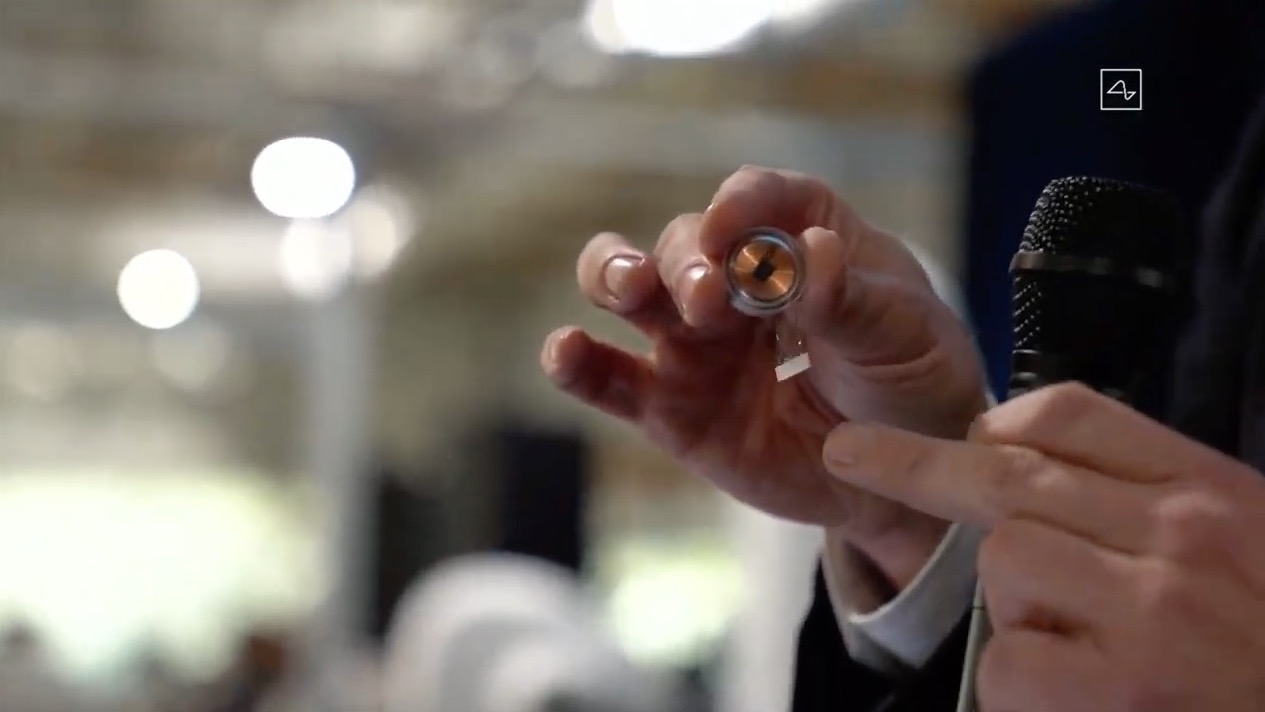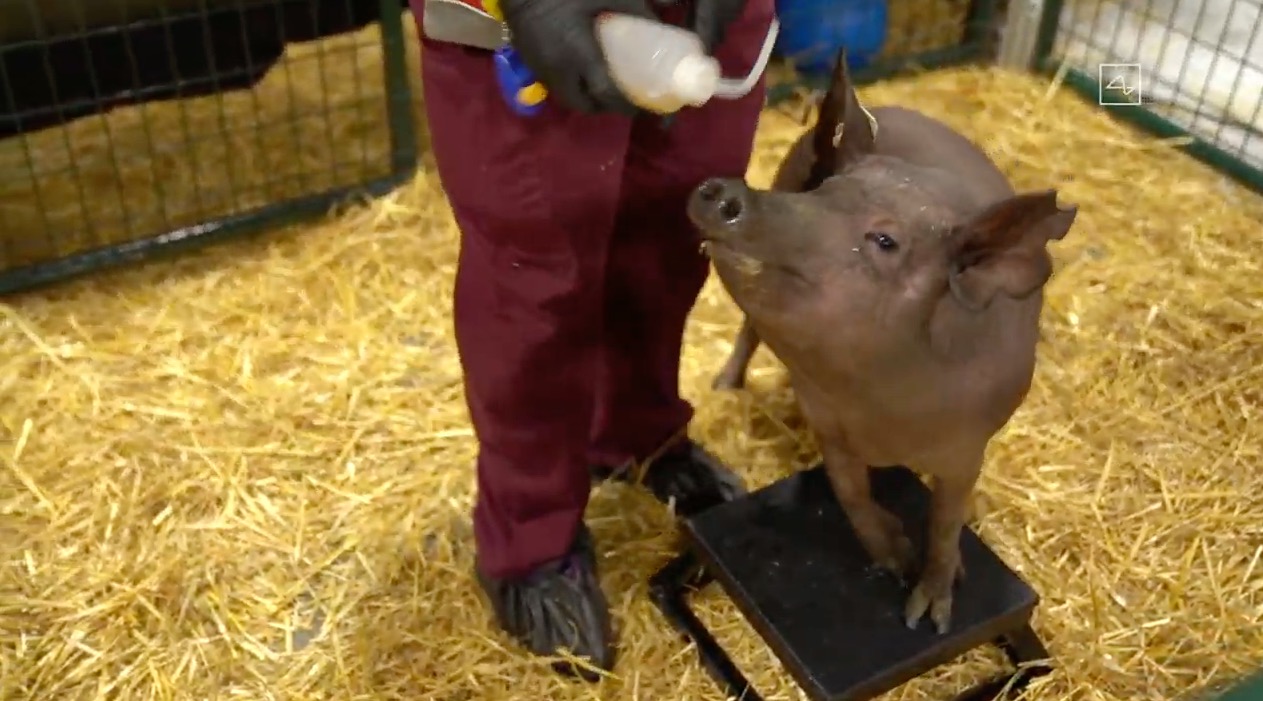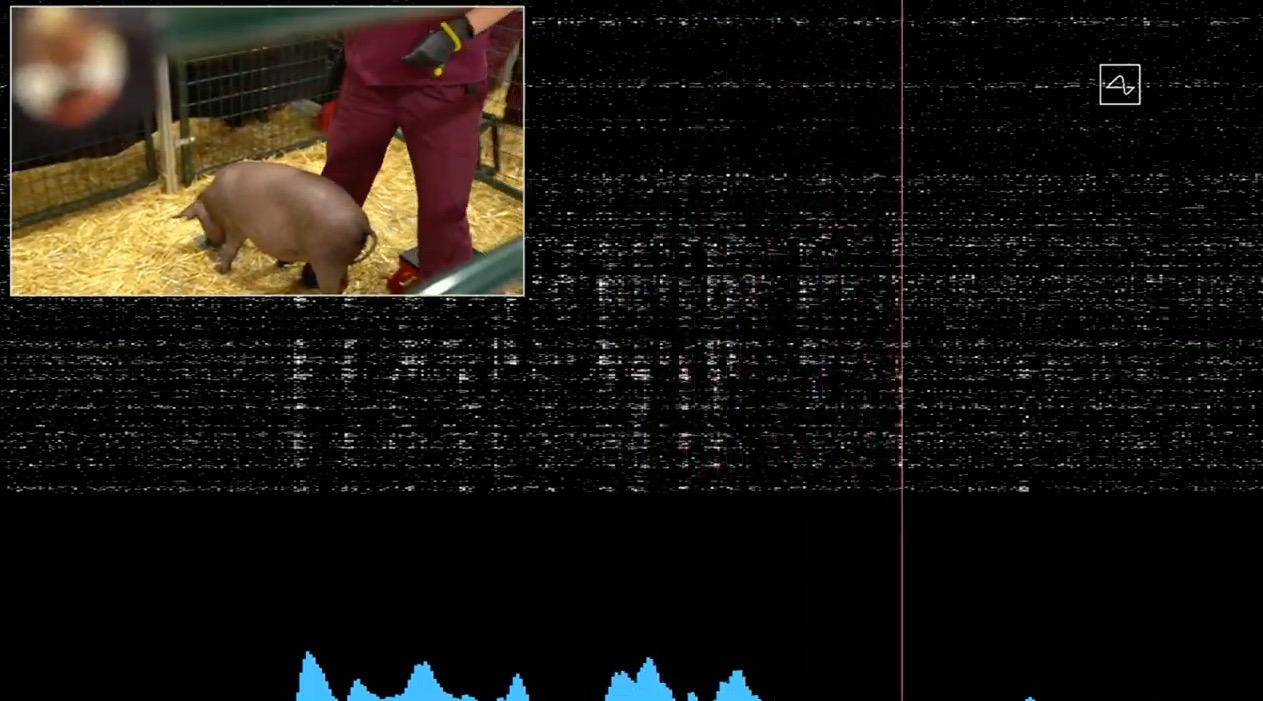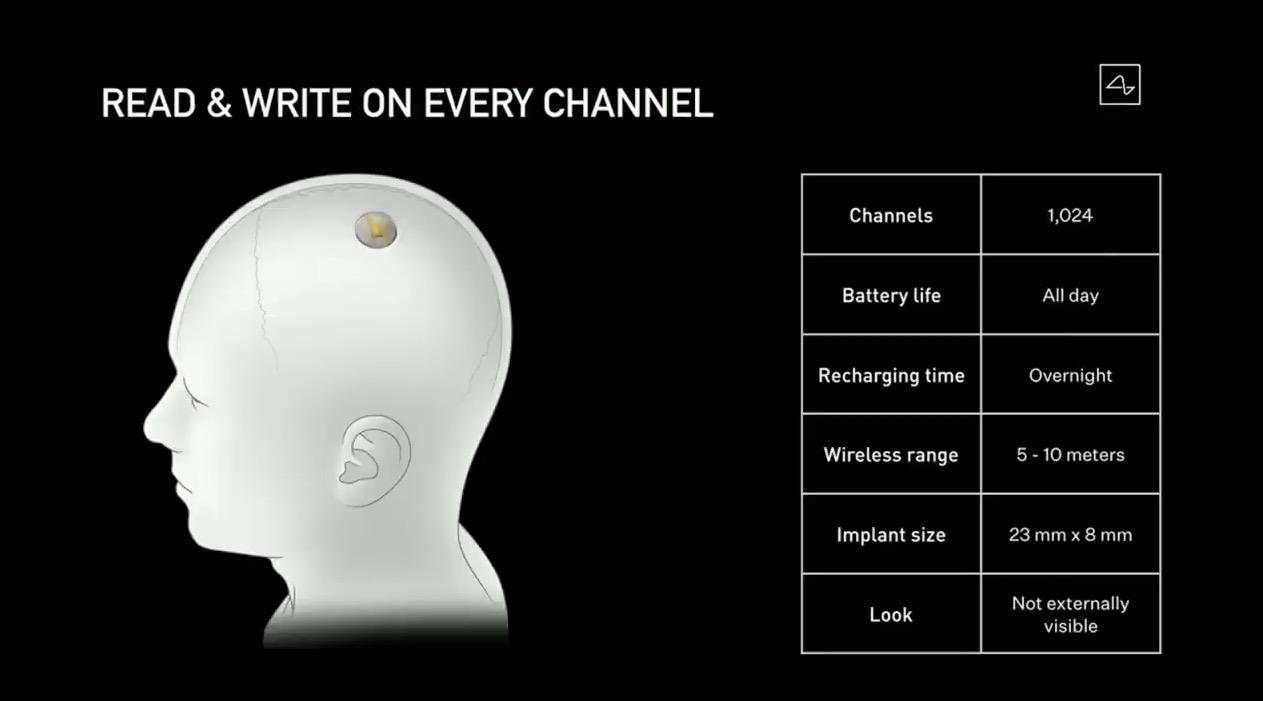Elon Musk-founded Neuralink has made headlines over the past many years around it efforts to develop a new kind of interface between the human brain and computing devices. On Friday, the company provided a demo of the technology, and Musk kicked off the demo by saying that the purpose of the entire presentation was recruiting – not fundraising or any other kind of promotion.
“We’re not trying to raise money or do anything else, but the the main purpose is to convince great people to come work at Neuralink, and help us bring the product to fruition – make it affordable and reliable and and such that anyone who wants one can have one,” he said.
 Musk then went on to say that the reason he wants to make it generally available is that just about everyone will have some kind of neurological problem over time, including memory loss, anxiety, brain damage, depression and a long list of other ailments. Of course, there’s no clear evidence that any of this long list of problems can be quickly and easily ‘solved’ with any one solution, so it’s a bit challenging to see this as a reasonable end goal for the company.
Musk then went on to say that the reason he wants to make it generally available is that just about everyone will have some kind of neurological problem over time, including memory loss, anxiety, brain damage, depression and a long list of other ailments. Of course, there’s no clear evidence that any of this long list of problems can be quickly and easily ‘solved’ with any one solution, so it’s a bit challenging to see this as a reasonable end goal for the company.
The goal may be ambitious – and definitely subject to a lot of ethical and medical debate – but the technology that Musk actually demonstrated was much less so. Musk first noted that Neuralink had changed design since the reveal last year, with a smaller physical device profile that he said can be fully hidden under hair once installed in the skull. He had a physical device in-hand to show its size.

Image Credits: Neuralink
Musk then turned the audience’s attention to three pigs who were in attendance in nearby pens, with handlers nearby. The three pigs were one that was untreated, the second (“Gertrude”) was installed with a Neuralink device, called the ‘Link’,’ and the third had previously had one installed but then subsequently had it removed. Musk at first had trouble coaxing Gertrude to come out and perform for the small, socially-distanced crowd in attendance (who were seated at bar-height tables as if they were at a comedy club). Eventually, however, he skipped Getrude to show that the pig who had her Link removed was very healthy and normal-looking.

Image Credits: Neuralink
Back to Gertrude, Musk showed a display that played a sound and showed a visual spike whenever the Link detected that Gertrude made contact to something with her snout while rooting around for food.
“For the initial device, it’s read/write in every channel with about 1024 channels, all day battery life that recharges overnight and has quite a long range, so you can have the range being to your phone,” Musk said. “I should say that’s kind of an important thing, because this would connect to your phone, and so the the application would be on your phone, and the Link communicating, by essentially Bluetooth low energy to the device in your head.”

Image Credits: Neuralink
Musk closed the prepared portion of the presentation by noting that the company had received a Breakthrough Device designation from the U.S. Food and Drug Administration in July, and that the company is “preparing for first human implantation soon, pending required approvals and further safety testing.”
While the device demonstrated was only a read-device, receiving data from the signals in the pig’s brain, the plan is to provide both read and write capabilities with the goal of being able to address neurological issues as mentioned above. Musk also stressed that why he showed the pig which had had its implant removed safely was because the plan is to provide updates to the hardware over time as better versions become available. Ultimately, Musk said during a later Q&A that Neuralink hopes to get the cost down to somewhere in the thousand-dollar range, with a minimal cost for the hardware itself along the line of modern wearable devices.
Musk actually referred to the Neuralink devices as a “Fitbit in your skull with tiny wires” at multiple points during the presentation, which actually seems like a pretty dystopian proposition, depending on your perspective. Capabilities he teased eventually include the ability to summon your Tesla with a thought, and video game control interfaces – including complete control of Starcraft. Musk also said in the future he expected people with Link to be able to “save and replay memories,” adding the caveat that “this is obviously sounding increasingly like a black mirror episode, but well, I guess they’re pretty good at predicting.” He even went so far as to say that “you could potentially download [memories] into a robot body.”
The first clinical trial will focus on individuals with paraplegia or tetraplegia, resulting from cervical spinal cord injury. The plan for a first trial is to enroll a “small number” of these individuals in order to test the efficacy and safety of the technology.
[gallery ids="2037762,2037763,2037764,2037765,2037766,2037767,2037768,2037769,2037770,2037771,2037772,2037773,2037777,2037778,2037785,2037784,2037783,2037774,2037786"]
from TechCrunch https://ift.tt/2D88tPg
via IFTTT
No comments:
Post a Comment